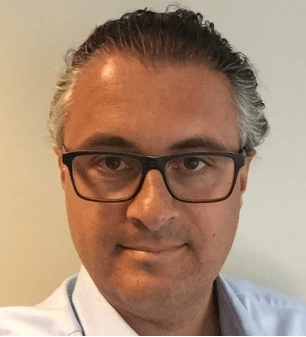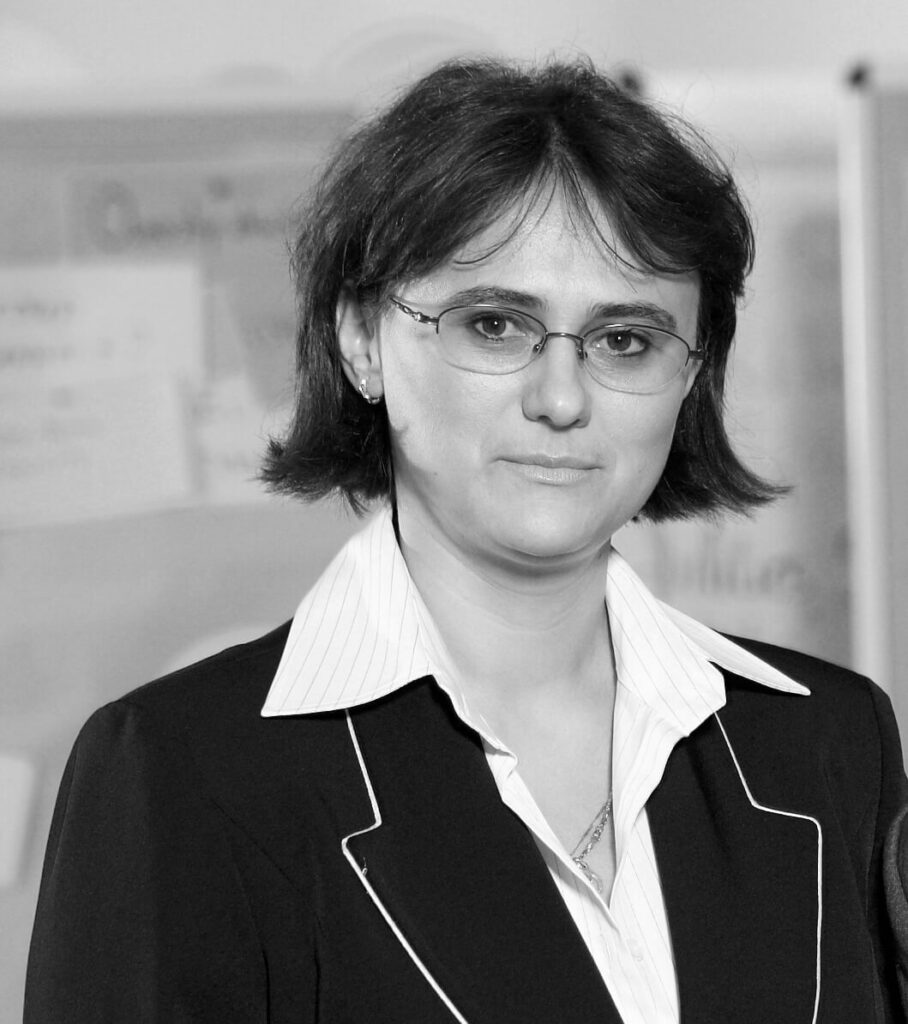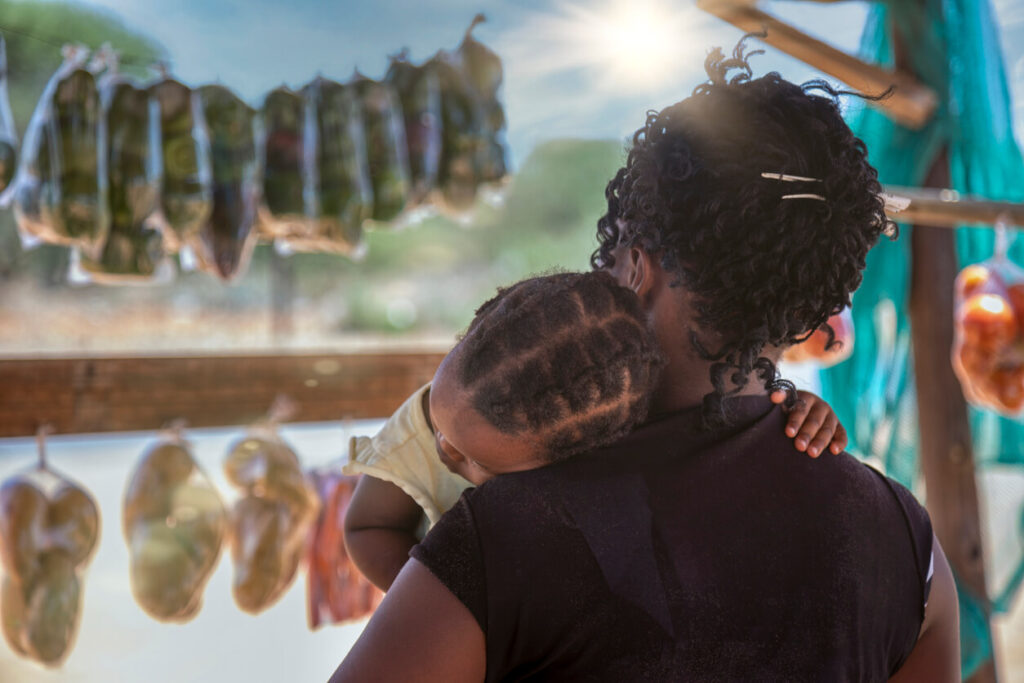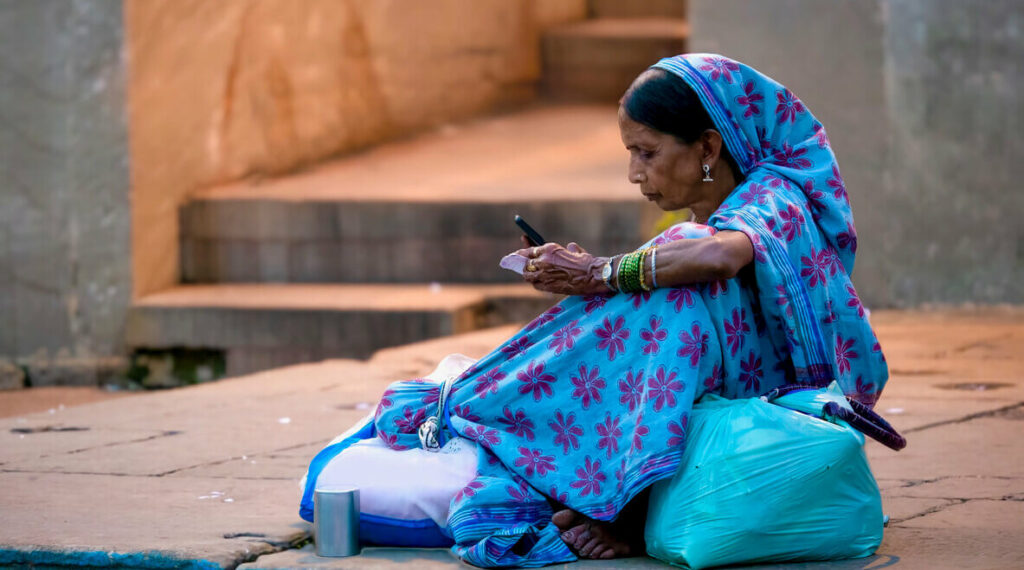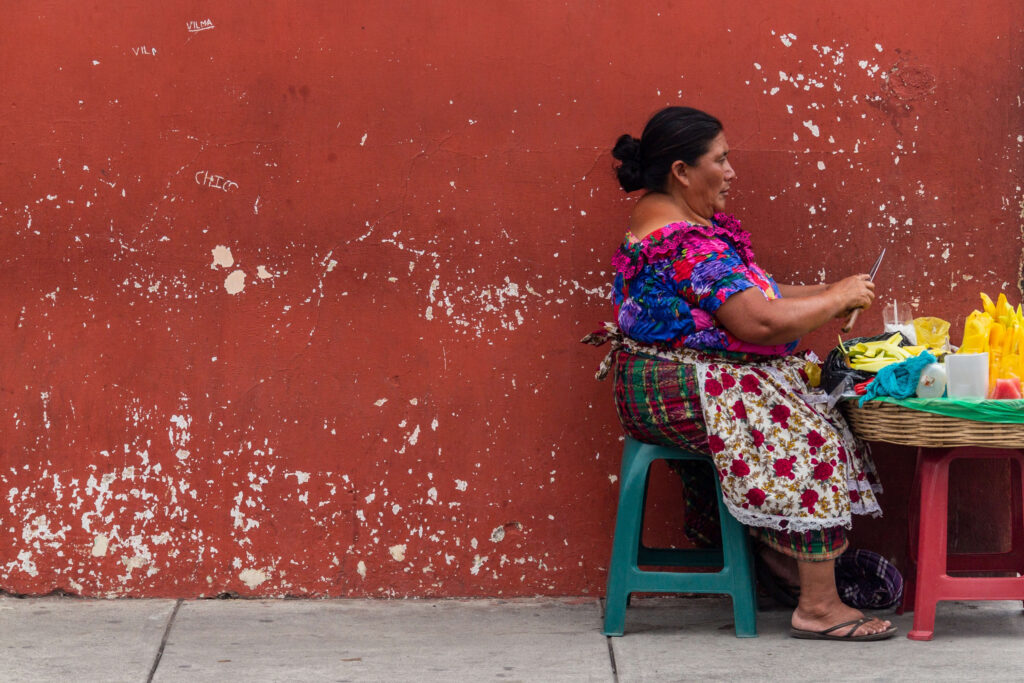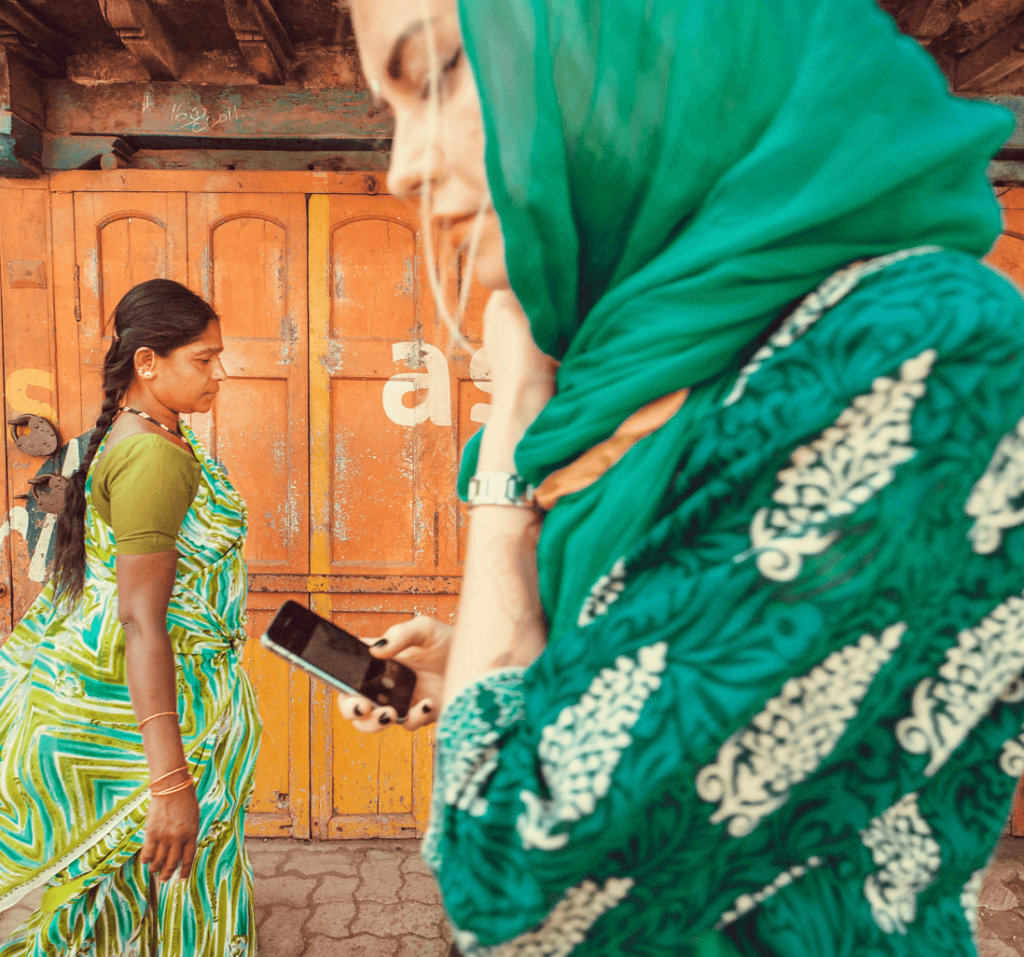
The European Investment Bank Group, which includes the European Investment Bank (EIB) — aka “The EU Bank” — and the European Investment Fund (EIF), promotes development in Europe and supports its policies in more than 140 countries outside the continent. Shortly after the pandemic was declared, the EIB Group established the 25 billion euro Pan-European Guarantee Fund, primarily for SMEs. Outside the eurozone, the EIB has set aside up to 6.7 billion euros to support health and private sector investment in more than 100 countries, with a focus on Africa, Asia, Latin America and EU neighbors in the MENA region and Eastern Europe.
EIF has been involved in the European microfinance sector since 2000, providing funding (equity, quasi-equity and loans) and portfolio guarantees to a broad range of financial intermediaries, under various programs, aiming to make microfinance a fully-fledged segment of the European financial sector.
To gain insights into how the organization is supporting financial inclusion in the COVID era, CFI sat down with Cristina Dumitrescu, senior investment manager at the EIF’s inclusive finance division and Olivier Edelman, head of the EIB’s microfinance unit, to discuss support priorities during the pandemic, short and longer-term risks, instruments deployed, and what the inclusive finance community can do to support EIB Group’s priorities.
CFI, the Microfinance Coalition and others have framed the COVID-19 investor response in terms of short and medium-term needs. How is EIB supporting microfinance institutions now, and what is coming further down the road?
The EIB Group immediately reacted to the economic impact of the coronavirus crisis by setting up specific measures to support its clients, including MFIs. The first and immediate need from the sector was liquidity. Lockdowns and regulatory moratoriums on loan repayments, together with a drop in business activity, were expected to put rapid and serious constraints on MFIs’ liquidity position.
To ensure effective solutions to these needs, the EIB Group played its countercyclical role by supporting existing clients in getting funds disbursed quicker and obtaining top-ups on their existing loans. In addition, the EIB Group continued to appraise new operations, with existing but also new clients, almost as if we were in “normal” times.
Since the start of the COVID-19 crisis, the EIB Group has approved 20.1 billion euros to enable public and private partners around the world to better tackle health, social and economic challenges.
Liquidity has been talked about as the biggest immediate problem for many microfinance institutions. Is this what you are observing among your investees or are there more pressing risks? If liquidity is a major constraint, what is EIB doing with its investees to address this constraint (e.g. new lending, moratoriums on existing loans, etc.)?
Indeed, liquidity was immediately perceived as being the major constraint that MFIs would encounter as a first and pressing risk.
Eight months after the start of the crisis, many MFIs, in particular the largest ones, were able to handle the liquidity crisis by taking rapid and efficient actions. This was partially achieved by securing new credit lines from their microfinance financiers. However, MFIs also built up liquidity cushions by not renewing maturing loans granted to microentrepreneurs and by retaining cash from those repayments. This way, MFIs absorbed the first wave of the economic crisis; however, at the cost of a partial credit draw down. To respond to the overall liquidity crisis, the EIB Group stepped up to support existing and new clients in providing them financial support. However, EIB Group credit lines have to be allocated by MFIs to further finance microentrepreneurs.
To respond to the overall liquidity crisis, the EIB Group stepped up to support existing and new clients.
This way, we try to provide a countercyclical answer to the developing credit crunch that both microentrepreneurs and MFIs are facing.
Specifically in the EU and accession countries, by enhancing the technical parameters of the EaSI Guarantee Instrument, financial intermediaries were incentivized to continue providing financing to microborrowers, microenterprises and social enterprises hit by the economic consequences of the pandemic.
Once the liquidity crisis is over its peak, what’s next? Loan guarantees?
The overall economic situation is expected to translate to increased non-performing loan rates, delinquencies and, hence, future retained losses that will affect the capitalization of MFIs in the medium to long term; at the same time, liquidity shortage will remain a challenge. Therefore, financial solutions that maintain or restore the financial standing of MFIs, in particular their leverage and risk taking capacity, will be crucial going forward. These solutions might indeed come from loan guarantees, but also more traditional capital instruments as straight equity injections and subordinated loans. In addition to these financial solutions, redirecting the purpose of technical assistance facilities should also help MFIs increase their capacity to overcome the crisis. This may take many different forms depending on the countries, local context and the structure of our counterparts.
Besides direct investees, what other stakeholders has EIB engaged with in support of the microfinance industry? Are you engaging with MIVs, national associations, or any other industry stakeholders? What’s the nature of that engagement?
We always remain in contact with several microfinance stakeholders, in particular the European Commission and EU Member States, but also specialist funds, network associations and local authorities and associations. We listen to what they observe in the market and the associated needs on the ground. We also share our knowledge and views on the sector via working groups and information sharing session. The EIB Group is also participating in CGAP information sharing discussions.
The EIB has a broad geographical reach in its support of microfinance institutions, with a portfolio that is roughly split between overseas countries (Africa, the Caribbean and the Pacific) and EU/accession countries? Are there any specific countries or regions you are prioritizing in your COVID response?
The EIB Group indeed supports microfinance in a large number of countries, we are active in dozens of them around the world.
The EIF is on the frontline in the EU and accession countries, while the EIB focuses its actions on the MENA region and Africa.
Typically, for microfinance operations, the EIF is on the frontline in the EU and accession countries, while the EIB focuses its actions on the MENA region and Africa, the Caribbean, and the Pacific regions. Within these regions, there are no specific priorities other than concentrating our actions on providing support to poor microentrepreneurs to facilitate and improve their capacity to access financing. We try to support all countries equally, while taking into consideration local specificities and needs, which might differ, sometimes substantially.
With regards to the crisis at home, all 27 EU countries have been “invited” to contribute to the Pan-European Guarantee Fund (EGF), the centerpiece of your COVID-19 response, with member states’ shares of the 25 billion euros equal to their share of EIB capital. Can you clarify how that works in practice? Will support to MSMEs be delivered through MFIs and/or banks?
Through EGF, the EIB Group will deploy a number of equity, debt funds and guarantee products in cooperation with selected financial intermediaries, including MFIs, for the benefit of primarily SMEs but also mid-caps, large corporations, and public sector entities related to health across the EU. The objective of the EGF is to provide banks and national promotional institutions with guarantees and counter-guarantees to unlock lending to firms that are healthy but suffer from liquidity problems because of the fallout from COVID-19.
What are the main instruments that EIB is deploying in its work with MFIs and with other stakeholders that support the microfinance industry? Are you deploying any new instruments like blended finance vehicles, public-private-partnerships, etc.?
In principle, the EIB Group can offer a large set of products to MFIs. Investments in equity, typically operated via funds, aim at providing capital to MFIs and reaching the smaller and more risky institutions in need of funding. In addition, lending, often denominated in local currency, can be granted to larger MFIs in the region the EIB Group operates. Finally, loan portfolio guarantees can be deployed in order to support MFIs in financing more vulnerable groups of clients and hence further strengthen financial inclusion. While portfolio guarantee is a standard product for the EIF, the EIB intends to develop such a solution for its operations outside the EU in the near future.
Blending will remain a source of product development in the microfinance sector.
In addition, blending will remain a source of product development in the microfinance sector. Indeed, the combination of different sources and types of capital (i.e. from public donors to private investors) allows for provision of more customized solutions to the microfinance sector and generate double bottom line targets: financial and social impact. The EIB Group is already actively deploying such solutions, notably via layered funds. Other alternative uses of blended finance are constantly considered in order to further support the sector, which could take the form of loan portfolio guarantees.
A concrete example of blending instruments is the grant embedded in the EaSI Guarantee instrument, which covers the costs of the business development services offered by the MFI to a migrant or refugee entrepreneur.
Finally, how can the rest of us help? What can the inclusive finance community do to support the work of DFIs in research, for example, or in the coordination of actors?
Communication and exchanges of knowledge and information is already quite strong in the microfinance community, which is well organized and able to coordinate among its various stakeholders. This has led to rapid actions, e.g. as shown by the memorandum of understanding among MIVs. This is particularly true within each type of microfinance investor groups (e.g. MIVs, DFIs, private donors, etc.) and sometimes less across those groups due to their specificities. The COVID-19 crisis future development will require further coordination and, more importantly, actions from the microfinance community. Delivering solutions to MFIs in order to help them navigate the crisis ahead of us will be crucial to support the sector.
Blending solutions might be required, notably to restore MFIs capital and lending capacity. This will necessitate a coordination among and across different type of microfinance investors to deliver adapted financial answers to respond to the crisis MFIs will face, and hence to continue support to vulnerable microentrepreneurs.
